Towards the
Compasso d’Oro
The involvement of la Rinascente in the history of design is not sporadic. It began at the end of the Twenties, when design made its first appearance in Italy in forms that were still tentative and experimental, but together with architecture took an active part in the European movement that interpreted design activities in a rational and modern key, with Milan being one of the most vibrant epicentres.
Through architect and designer Gio Ponti (one of the department store’s main collaborators until the Sixties), la Rinascente exhibited at the third edition of the Biennale di Monza in 1927. For this occasion, Ponti and Emilio Lancia, with the collaboration of painter Giulio Rosso for the decoration of the walls and windows made by Pietro Chiesa Jr, created Domus Nova, a collection of furniture for the home. The project was ambitious and in the spirit of the times: provide furnishing solutions for the contemporary home (“The modern furnishings by la Rinascente”). The furniture had a neoclassical flavour that was in line with Ponti’s research of the period, but it was also new because of the freedom of composition they suggested. A proposal for upper-middle-class customers (the total cost was about six-thousand lira) that consisted of the four traditional areas of the period: a family room, a dining room, a master bedroom and a girl’s room. The areas included ceramics by Ginori and glass by Venini.
At the next edition of the Biennale di Monza in 1930, la Rinascente and the same architects participated with the Holiday Home that was staged together with the company, De Angeli Frua. The house was in stone and again it was in the neoclassical style that was popular at that time. It was designed to meet the needs of “balanced modern aesthetics following precise criteria of comfort and practicality” and was a country house proposal inspired by British cottages and furnished with Domus Nova furniture.
Immediately after World War II, Ponti was again commissioned to handle the artistic direction of a la Rinascente project designed to take Italy’s quality artisan products outside the country. The association was APEM (Milan Artisan production and exports) and was created to help Italian artisans sell and promote abroad. The chairman was Attilio Scaglia who represented APEM also at the modern decorative and industrial arts convention held in 1947 at the VIII Triennale di Milano. On the same occasion, the Oggetti per la casa (items for the home) exhibition displayed a number of items by the company, including ceramics by such artists as Fausto Melotti.
This edition of the Triennale hosted two essential exhibitions, one by Giuseppe Pagano on standard production and the other on radios. The multifaceted problems of industrial manufacturing had emerged at last – technology, aesthetics, distribution – while waiting for society and the market to be ready to welcome new industrial products of quality, which began to happen shortly afterwards in the years of the economic miracle.
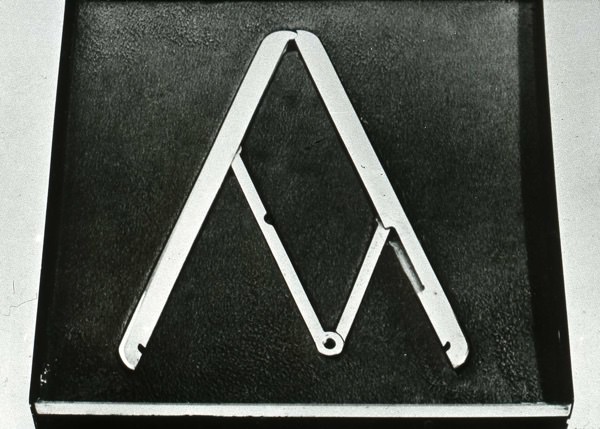
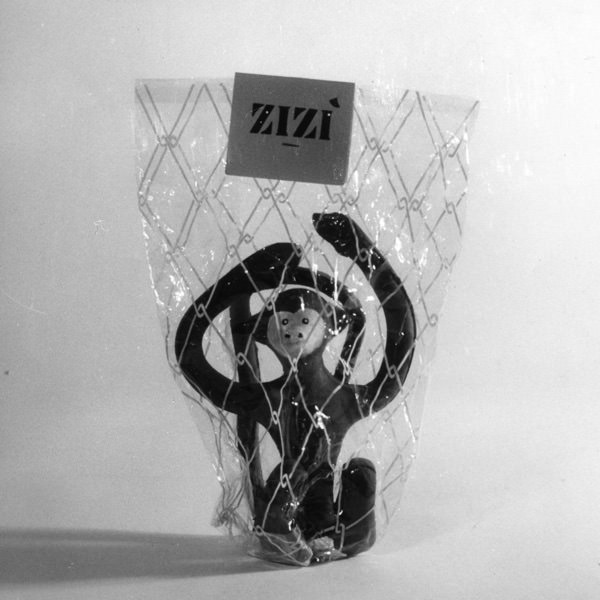

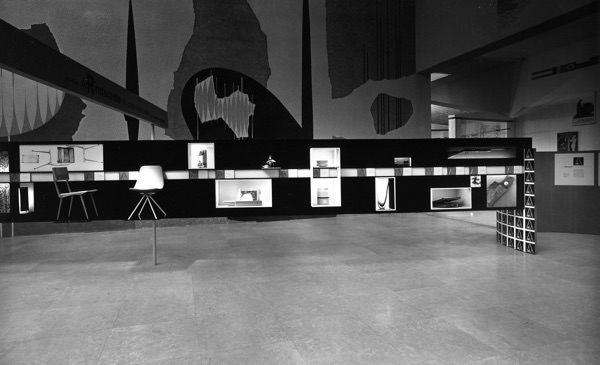

1954 was a strategic year for the success of industrial design in Italy. The birth of “Stile Industria”, the first magazine dedicated entirely to design and directed by Rosselli, and the organization in Milan of the International Design Conference at the X Triennale, coincided with the first edition of the “Compasso d’Oro” award set up by la Rinascente. The award for products with the best design was conceived by Gio Ponti and Alberto Rosselli, with strong support from Borletti and Brustio. The name of the award is also conveyed in the Compasso d’Oro logo by Albe Steiner. The products were displayed at the Press Club in Palazzo Serbelloni, Corso Venezia, Milan, while the winning projects exhibition was staged by Carlo Pagani and Giancarlo Ortelli at the X Triennale. La Rinascente participated in the same edition with products in a section of the Standard Exhibition.

- Il premio Compasso d'Oro assegnato ai produttori nella sua scatola. Milano, Fondazione ADI Collezione Compasso d'Oro.
- Bruno Munari, scimmietta Zizì, Pi Gomma (Pirelli), 1953. Milano, Fondazione ADI Collezione Compasso d'Oro.
- Carlo Pagani, Giancarlo Ortelli, mostra dei vincitori del primo Compasso d'Oro allestita presso la X Triennale. Milano, Fondazione ADI Collezione Compasso d'Oro.
- Gli oggetti da selezionare per il premio nei locali di via Carducci, in una proprietà della Rinascente. Milano, Fondazione ADI Collezione Compasso d'Oro.
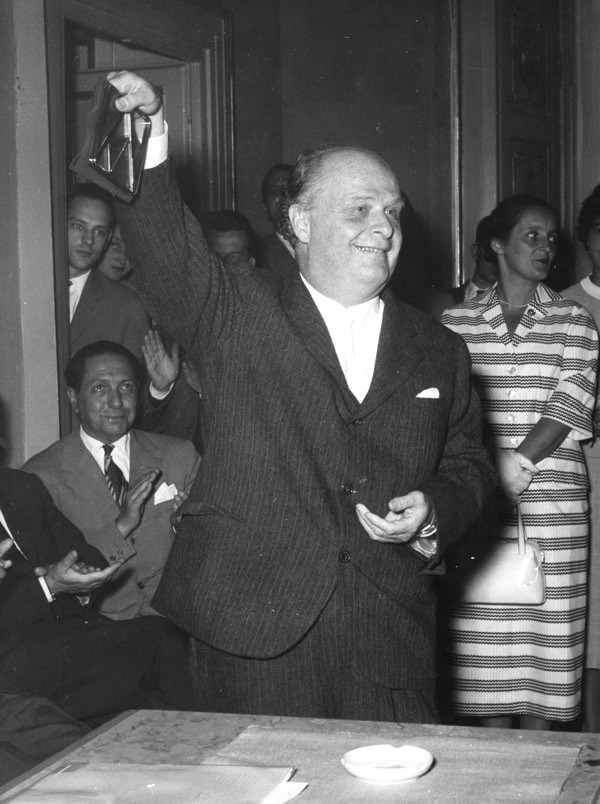
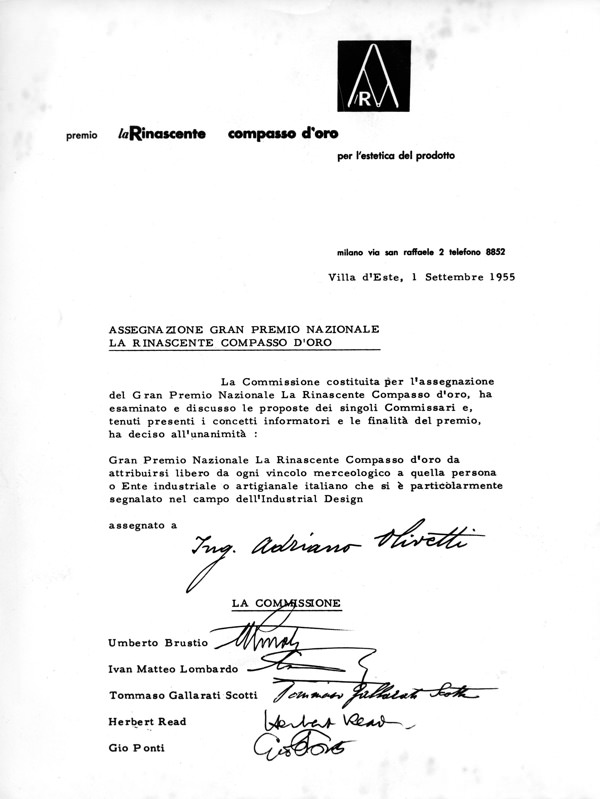

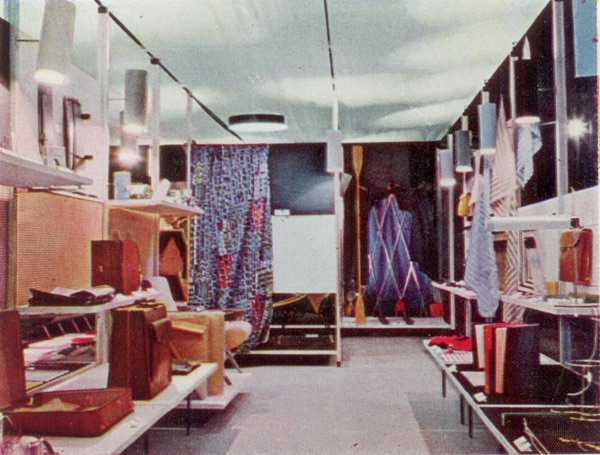
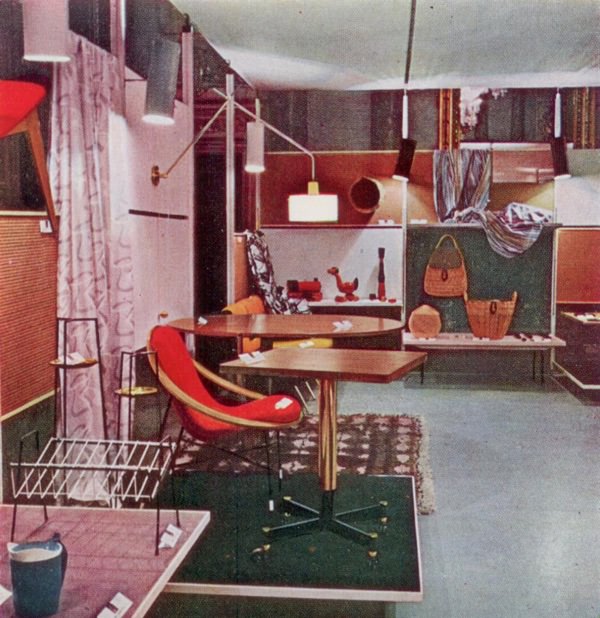
At the second edition, 280 companies submitted 1300 items for the award, an indication of the huge success of the initiative and the upsurge in designing and manufacturing by Italian companies. The products exhibition was again held in Palazzo Serbelloni, while an exhibition of the Compasso d’Oro products of 1954 was set up at the Fiera Campionaria in Milan, another protagonist of this successful design season in Italy. National and International Grand Prix were also established in 1955, the year in which they went to Adriano Olivetti and designer Marcel Breuer, respectively. At that time la Rinascente inaugurated a series of monographs dedicated to the designers who won the Grand Prix.
1955 also saw the start of an important cycle of exhibitions dedicated to foreign countries (Spain was the first) held periodically by the department store until 1964.
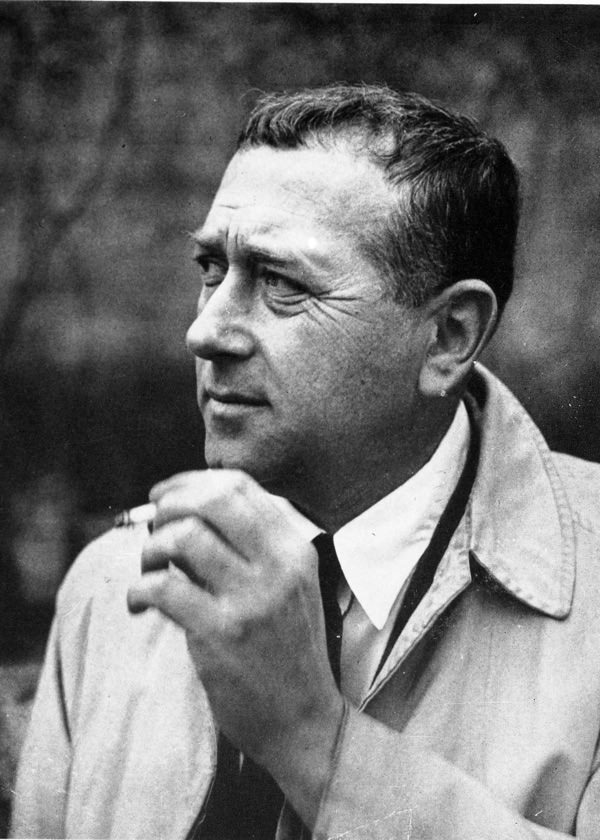

- Adriano Olivetti riceve il primo Gran Premio Nazionale nel 1955. Milano, Fondazione ADI Collezione Compasso d'Oro.
- Documento che attesta il conferimento del premio a Olivetti. Milano, Fondazione ADI Collezione Compasso d'Oro.
- Alcune viste dell'allestimento della mostra presso il Circolo della Stampa, Palazzo Serbelloni a Milano. Milano, Fondazione ADI Collezione Compasso d'Oro.
- Il designer Marcel Breuer premiato con il Gran Premio Internazionale. Milano, Fondazione ADI Collezione Compasso d'Oro.
- Documento che attesta il conferimento del premio a Marcel Breuer. Milano, Fondazione ADI Collezione Compasso d'Oro.
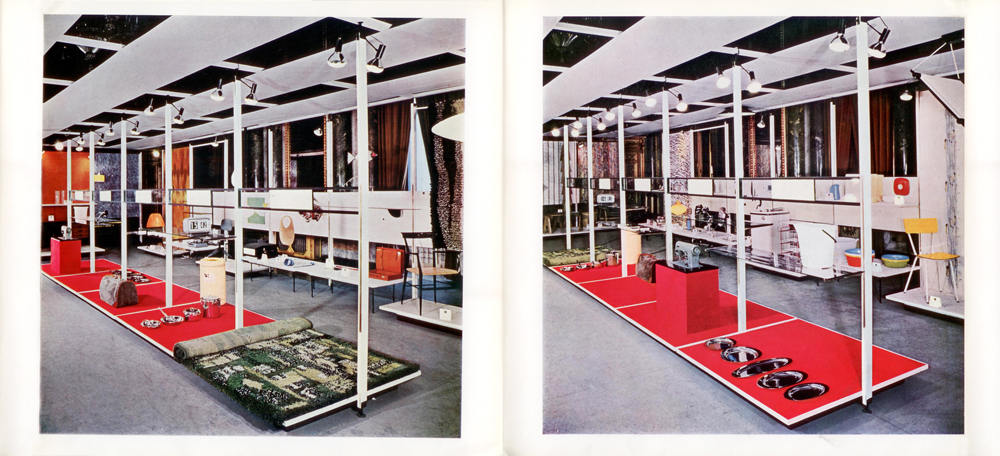
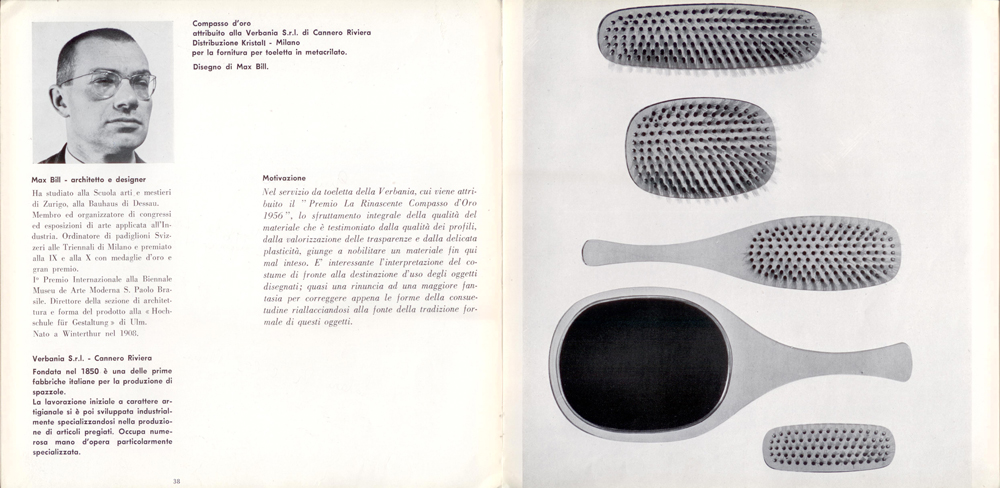
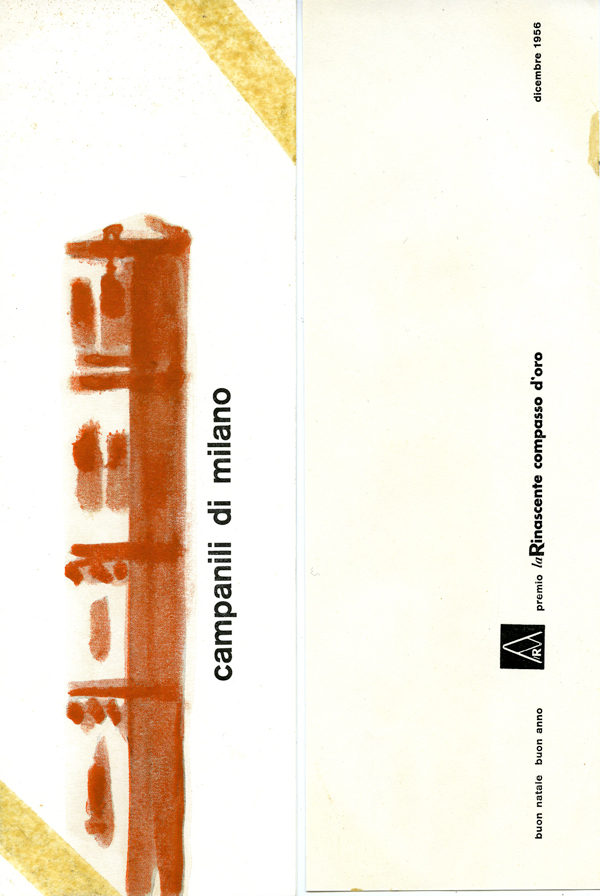
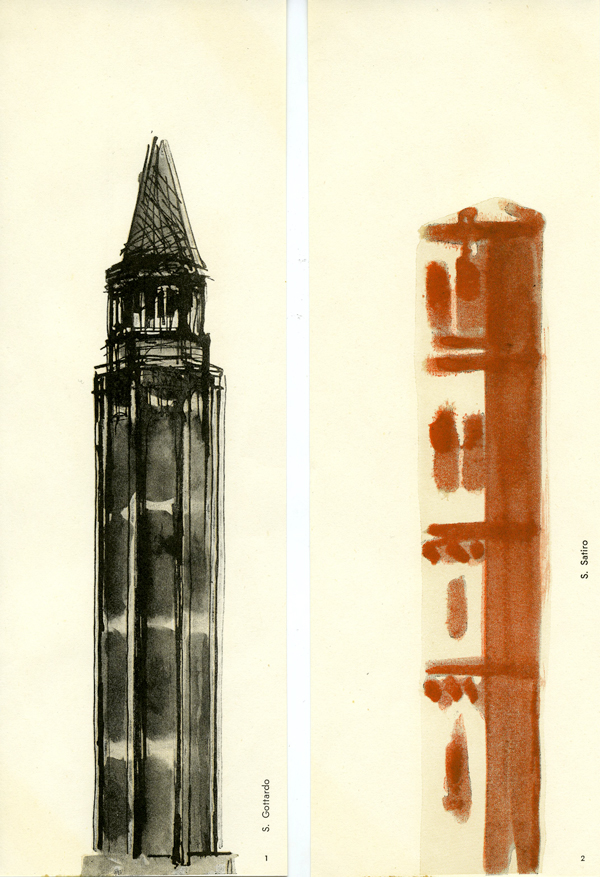
The third edition of the award was noted for the “typically Italian orientation of manufacturing sectors like plastic materials” or for household appliances, fields in which Italian design was fully conveyed in the years that followed. The products exhibition was held in Palazzo Serbelloni. The National and International Grand Prix were awarded to Gio Ponti and MoMA, the Museum of Modern Art, New York, respectively. A monograph with graphics by Lora Lamm was published for each of them in 1958. On the jury of that year Borletti, Brustio and Rosselli were joined by Franco Albini and Pergiacomo Castiglioni.
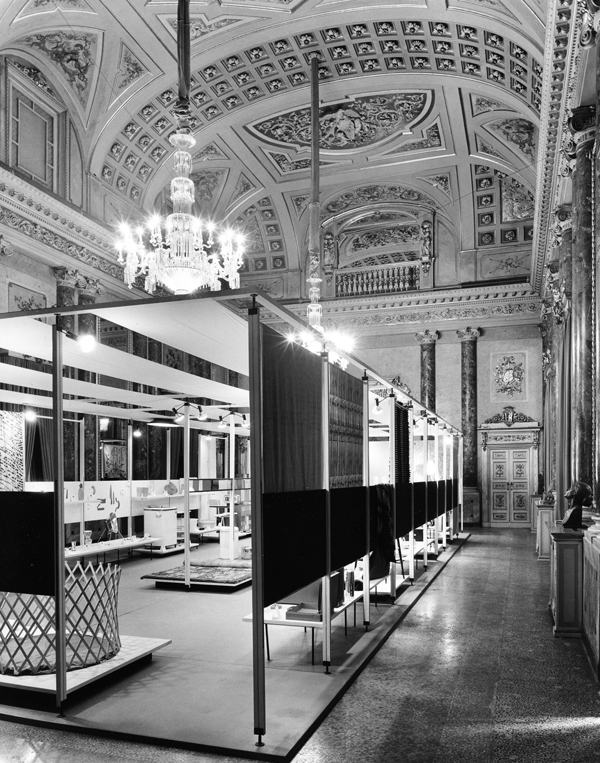
- Esposizione dei prodotti a Palazzo Serbelloni. Milano, Fondazione ADI Collezione Compasso d'Oro.
- Doppia pagina del catalogo del III Compasso d'Oro con gli articoli per toeletta premiati, design di Max Bill. Milano, Fondazione ADI Collezione Compasso d'Oro.
- Biglietti augurali La Rinascente Compasso d'Oro per il Natale 1956, disegni e grafica di Roberto Sambonet. Milano, Archivio Italo Lupi.
- Esposizione dei prodotti a Palazzo Serbelloni. Milano, Fondazione ADI Collezione Compasso d'Oro.

Emerging from this interim edition was one of the structural characteristics of Italian design that continually swung between top quality craftsmanship and medium-small industries oriented towards “making characteristically artisanal models with typically industrial manufacturing processes, which leads to hybrid solutions on a cultural level that are predictably lacking from an economic viewpoint”.
The staging of the IV edition of the award at the XI Triennale was once again by Bruno Munari and Giancarlo Ortelli. Pinin Farina won the National Grand Prix while the International award went to Kay Frank.


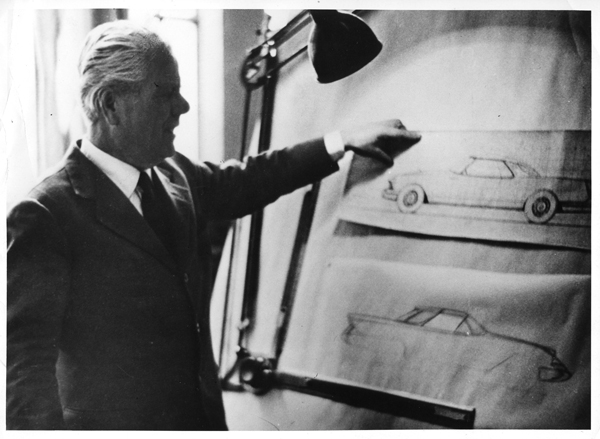
- Bruno Munari e Giancarlo Ortelli, allestimento della IV edizione all'XI Triennale. Milano, Fondazione ADI Collezione Compasso d'Oro.
- La mostra dei prodotti con in primo piano i contenitori in plastica di Gino Colombini per Kartell. Milano, Fondazione ADI Collezione Compasso d'Oro.
- Pinin Farina insignito del Gran Premio Nazionale. Milano, Fondazione ADI Collezione Compasso d'Oro.
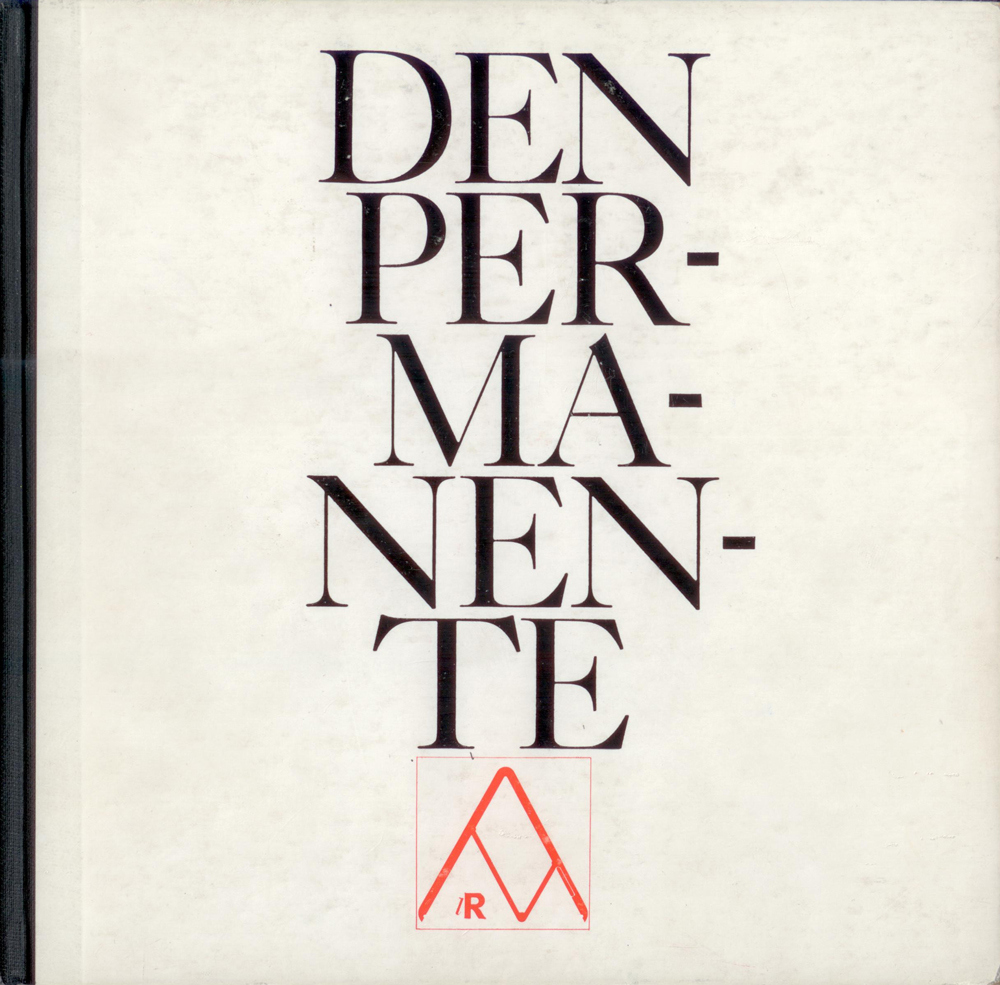

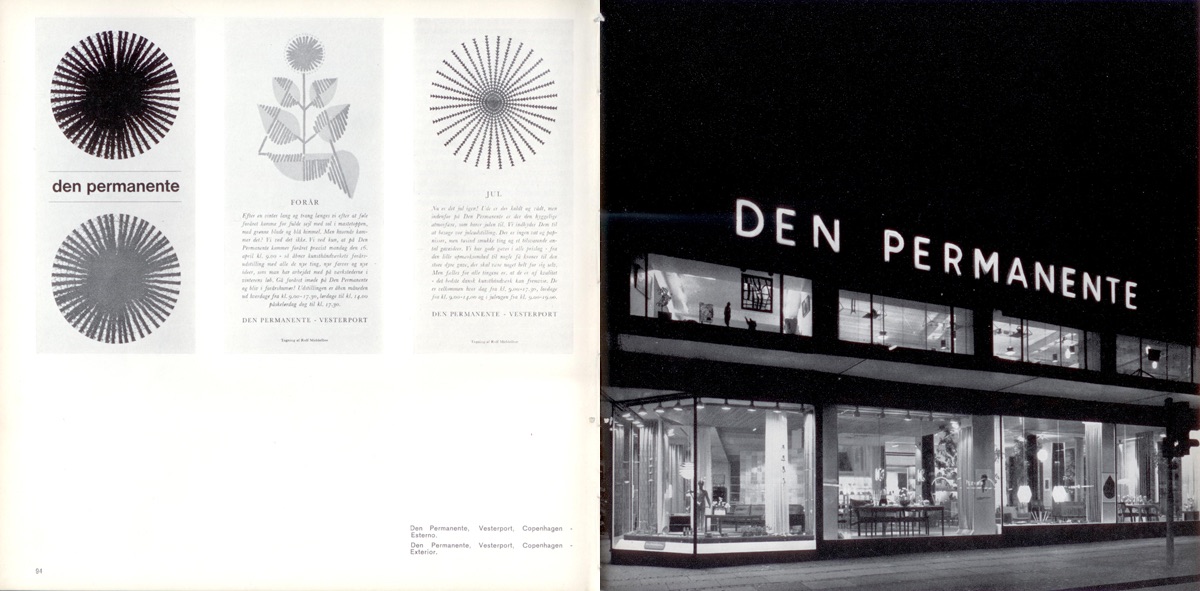
Architect Franco Albini was awarded with the Compasso d’Oro National Grand Prix at a ceremony in the Circolo de la Rinascente, Via Durini 24, while the International Grand Prix went to the Dan Permanente department store in Copenhagen, which la Rinascente had contacted in the early Fifties to develop furniture and also to start selling Scandinavian-style furnishings in Italy. The winners of the Compasso d'Oro from 1954 to 1957 were exhibited at the International Expo in Brussels, where Tomás Maldonado - who headed a team of designers and graphic artists for the renewal of the image of la Rinascente and Upim in the Sixties - held the famous conference on Le nuove prospettive industriali e la formazione del designer – new industrial perspectives and the training of designers.
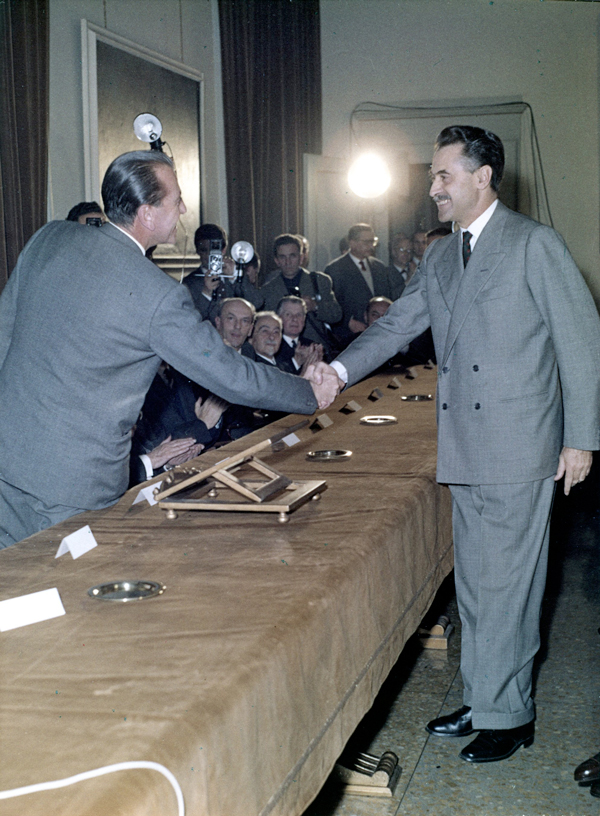
- Copertina e pagine interne della pubblicazione curata da Rinascente per il magazzino Dan Permanente di Copenaghen vincitore del Gran premio Internazionale. Milano, Fondazione ADI Collezione Compasso d'Oro.
- L’architetto Franco Albini insignito del Gran Premio Nazionale presso il Circolo de la Rinascente in via Durini. Milano, Fondazione ADI Collezione Compasso d'Oro.





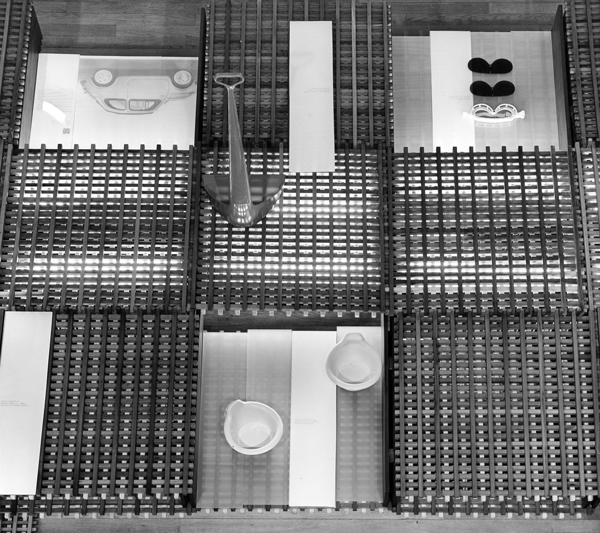
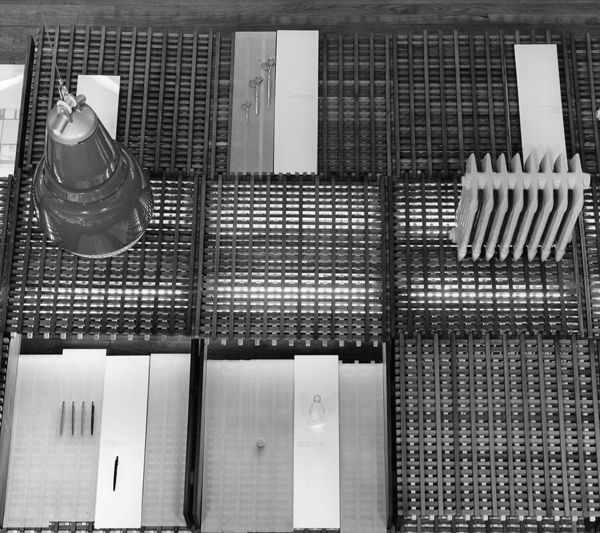
In 1959 la Rinascente handed over the organization of the Compasso d’Oro award to the Association for the Industrial Design (ADI) which was founded in 1956, but it continued to take an interest in the award up to the 1964 edition. The jury for the department store included Augusto Morello, head of the marketing and development office since 1955. The product exhibition was held in the Modern Art Gallery in Milan. Although 220 artisans and industrialists submitted 1200 products, the jury felt it could not confer the Compasso d’Oro or the honourable mention, a sign of a changing situation that already required a revision of the selection criteria and improved product definition.


- Passaggio di consegne all’ADI al Museo della Scienza e della Tecnica (da sinistra: Giulio Castelli, Augusto Morello, Livio Castiglioni, Enrico Peressutti, Vico Magistretti). Milano, Fondazione ADI Collezione Compasso d'Oro. Architetti Monti G.P.A., allestimento dell'esposizione dei prodotti alla Galleria d’Arte Moderna di Milano. Milano, Fondazione ADI Collezione Compasso d'Oro.
The awards of the Sixties
After la Rinascente’s handover to ADI during 1959, the latter was responsible for the entire organization and the management of the Compasso d’Oro award.
At that year’s edition, the jury decided not to award any prize, which led to a debate that involved critics, designers and entrepreneurs. In effect, it was a symptom that the profile of the award was no longer sufficient to encompass the growth and scope that characterized design at that time. The revised competition announcement increased the range of products that could be selected and, in addition to furnishings, ornaments, textiles and packaging, opened up a wider spectrum that included work and manufacturing tools, transport vehicles and technical articles, in line with a wider definition of the areas of interest in industrial design.
la Rinascente’s withdrawal from the award was not immediate and the department store’s joint participation in the initiative continued until 1964.
The sixth edition of the award in 1960 was held against the backdrop of the Sala delle Cariatidi in the Palazzo Reale; the following year the Compasso d’Oro Grand Prix was awarded to the German company, Braun.
In 1962 the nine compasses awarded were presented at an exhibition staged by Bruno Munari at Circolo de la Rinascente in Via Durini. The in-house magazine, “Cronache”, of that year gave full coverage to the quality and beauty of the Braun products that were awarded.
At the 1967 edition, the ninth since the birth of the award, the winning products were displayed by Bob Noorda in the headquarters’ window in Piazza Duomo. Additionally, about ten years of commitment to the design field were crowned when la Rinascente received the award in the design promotion and organization sector, for the following reasons: “The Commission assigns the award to la Rinascente S.p.A. for the work it has done on promoting design in Italy, the major expression of which was the ‘Compasso d’Oro’ Award that la Rinascente established in 1954 and continued to manage until the 1964 edition, and emphasizes the Company’s continual work on enhancing Italian design through numerous Italian design events organized in Italy and abroad”.